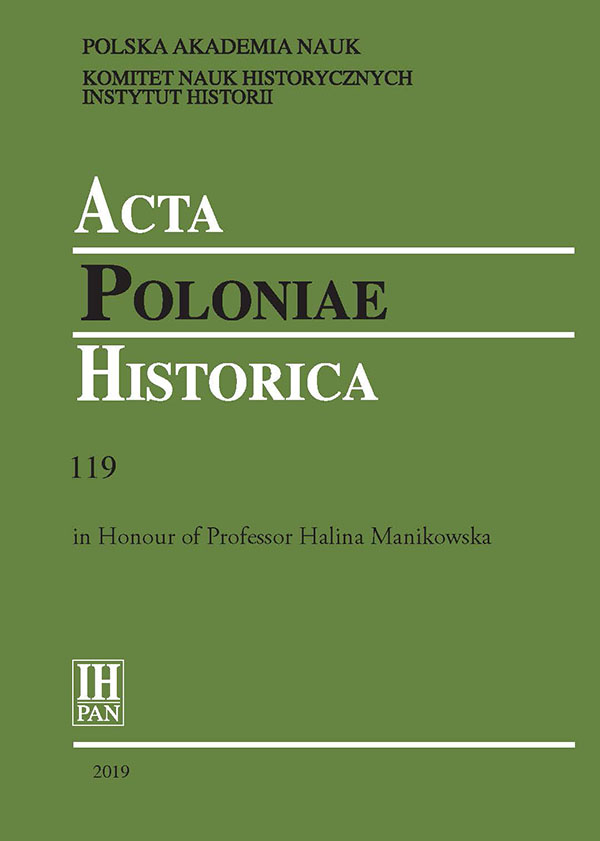Relics, Collections, and Memory
DOI:
https://doi.org/10.12775/APH.2019.119.01Keywords
collection, image, memory, relic, semiophorAbstract
The article begins with an analysis of a modern relic and of relics in general. This leads to a twofold conclusion: we do not know of a society without relics; and the cult of relics is a cult of individuals, groups, or events these relics are believed to be related to. Relics therefore preserve the memories of those of whom they are relics. As such, they are tools of memorising, but not the only ones. Images, written texts, and recordings are also tools of memorising. Images and written texts belong to the class of objects called semiophors which contains all objects included in collections, the meaning of which depends upon the collection they are part of. It is therefore important to distinguish different types of collections: treasuries, private collections, museums (as well as libraries and archives), protected historical monuments, etc. The history of collections seen from this perspective appears to be tantamount to the history of the tools of memorisation, i.e. to the history of external memory preserved and contained in the objects. Recordings are not semiophors. They form a different class of objects because their meanings cannot be disclosed without special apparatuses which transform the physical traces left on them into images or sounds. Hence one may say they form a second belt of external memory, the first being formed by semiophors. The last and most recent belt is composed of all computers with their servers interconnected into the World Wide Web. This is a completely new type of tool of memorising, which duplicates all the previous ones and enables the user to retrieve an incomparably greater quantity of data, to do it much quicker, and to give virtual access to it to almost everybody.References
Boutry Philippe, Pierre Antoine Fabre and Dominique Julia (eds.), Reliques modernes. Cultes et usages chrétiens des corps saints des Réformes aux révolutions (Paris, 2009), 2 vols.
Cordez Philippe, ‘Gestion et médiation des reliques au Moyen Âge. Le témoignage des authentiques et des inventaires’, in Jean-Luc Deuffic (ed.), PECIA. Ressources en médiévistique, viii-xi (2005), Reliques et sainteté dans l’espace médiéval (Saint-Denis, 2006), 33–63.
Pomian Krzysztof, ‘Les trésors : sacré, richesse et pouvoir’, in Lucas Burkart, Philippe Cordez, Pierre Alain Mariaux, and Yann Potin (eds.), Le trésor au Moyen Âge. Discours, pratiques et objets (Firenze, 2010), 131–60.
Pomian Krzysztof, ‘Sammlungen – eine historische Typologie’, in Andreas Grote (ed.), Macrocosmos in Microcosmo. Die Welt in der Stube 1450–1800. Berliner Schriften zur Museumskunde, x (Opladen, 1994), 107–26 (included in Krzysztof Pomian, Des saintes reliques à l’art moderne. Venise-Chicago: XIIIe–XXe siècle [Paris, 2003], 333).
Pomian Krzysztof, Collectionneurs, amateurs et curieux. Paris-Venise : XVIe–XVIIIe siècle (Paris, 1987).
Pomian Krzysztof, L’antropologia di fronte agli artefatti (Modena, 2013).
Downloads
Published
How to Cite
Issue
Section
License
Title, logo and layout of journal are reserved trademarks of APH.Stats
Number of views and downloads: 311
Number of citations: 2



